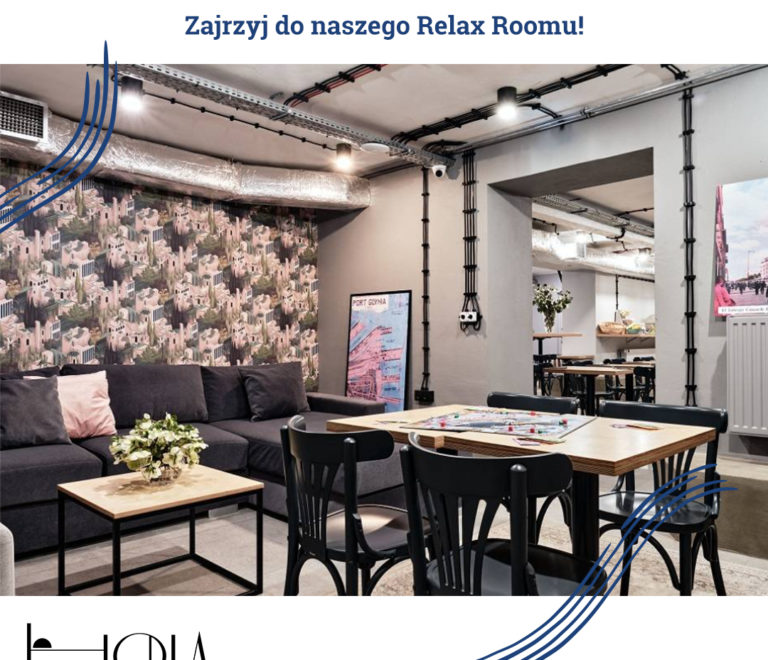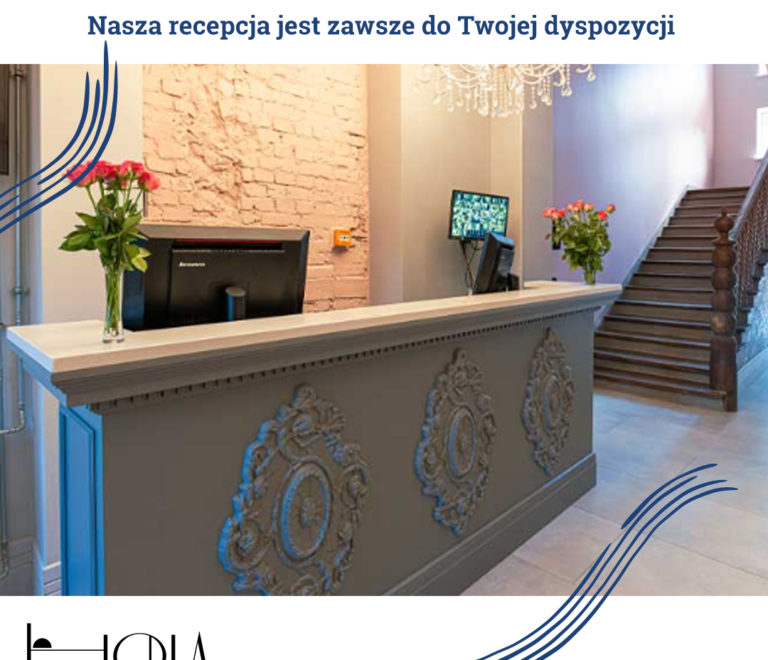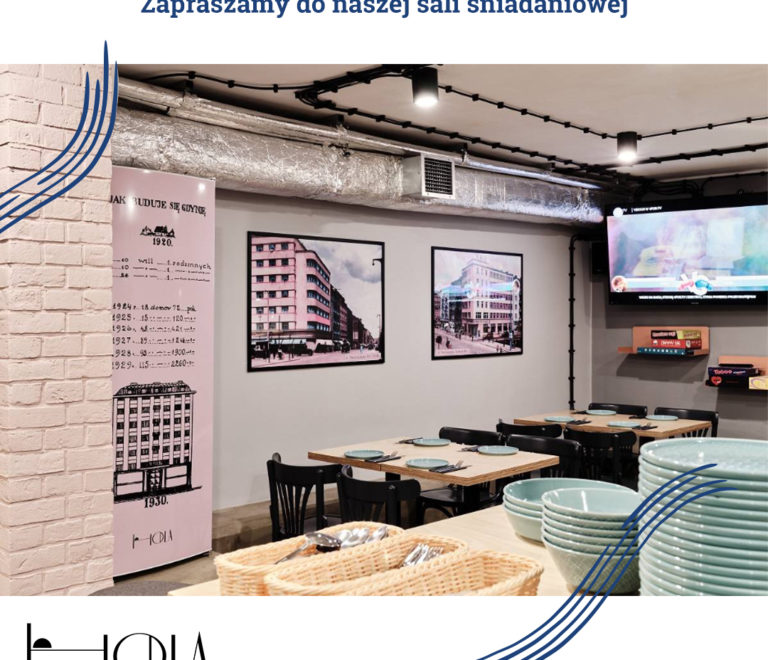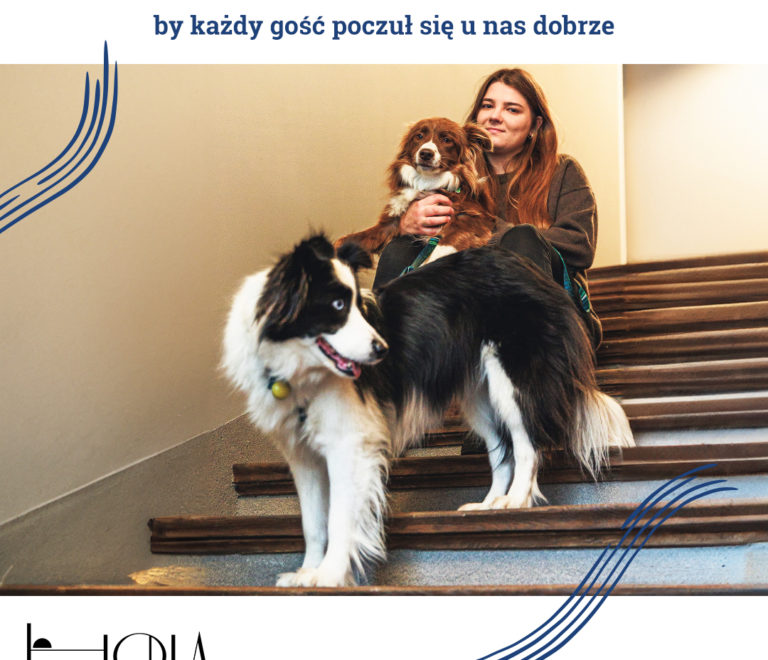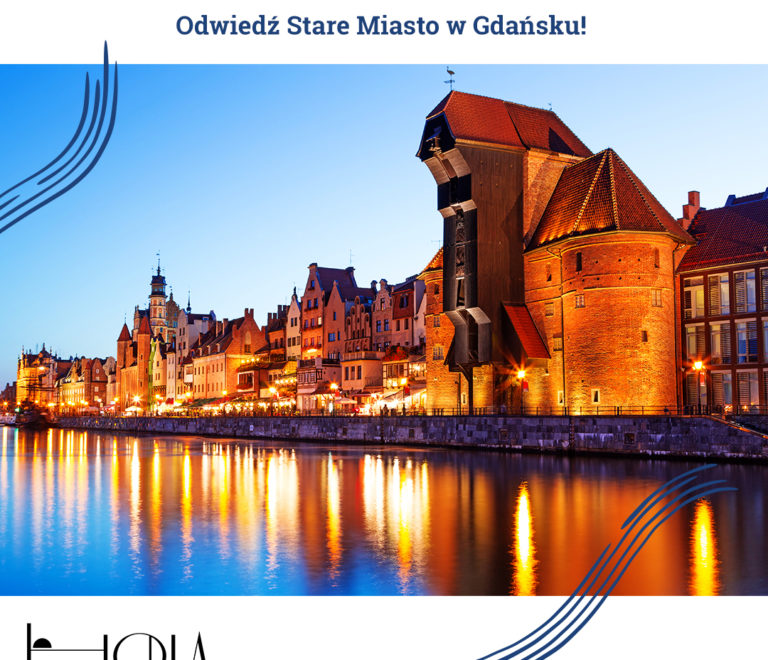The Hotel in
Starowiejska Street
While writing about the history of Gdynia we cannot forget “the very first street in the city”, i.e. Starowiejska Street.
Here, at number one, in 1928 Hotel Centralny was established. Today, this almost 100-year-old tenement house still hosts travellers and takes good care of them.

Twisted Paths of Starowiejska Street
Initially it was the main street of the village of Gdynia and its name was Wiejska Street. In 1920, when under the Treaty of Versailles this territory was re-integrated with Poland, Gdynia had 1229 inhabitants. . Their everyday life concentrated in Wiejska Street which led from house to house and the builders of the first households did not think about regulating the shape of the street. Yet it was to change. In 1925 the authorities of Gdynia decided to create a municipality.
In 1927 the Town Council of Gdynia made a decision to change the name of the street from Wiejska into Starowiejska. A year later, in 1928, the Town Hall decided to straighten it. This was connected with land purchase and demolition of old cottages.
While justifying their decision concerning that investment the municipal authorities wrote: “”The Town Hall find quick regulation of Starowiejska Street necessary. Due to dense traffic envisaged in this street in the next construction season, it must be re-built as quickly as possible. . It is worth remembering that at presen, at some places, the street is only 5 metres wide.”
It was planned to put cobblestones in the street, make it 10 metres wide and make 4-metre-wide pavements on both sides. It is not difficult to guess that the process was not easy because not all owners were willing to sell their land.
It was in that period of Starowiejska Street transformation that the elegant tenement house was erected by Augustyn Józef Skwiercz, merchant and town councillor.
Hotel Centralny in Gdynia
The impressive building was erected at the place of an old inn in which in 1922 the first in Gdynia performance of the National Theatre from Toruń entitled “The Defence of Częstochowa” was held. Income from the sale of tickets for Elżbieta Bosniacka’s play was donated to the Polish Red Cross. The hall was filled with spectators, despite the fact that the ticket prices were quite high. The first places cost 700 marks each. In total, 100,000 marks were collected.
A year later the inn hosted Stanisław Wojciechowski, the President of the Republic of Poland. Although the inn became part of Gdynia’s everyday reality, the authorities decided to demolish it.
A tenement house designed by Jan Stefanowicz replaced the inn. The architect was also the designer of Saint Vincent de Paul Hospital which is in the neighbourhood. Vincent de Paul Hospital which is in the neighbourhood. In 1928 a stylish building was created which started to operate under the name of Hotel Centralny.
The Hotel was advertised as the “first class facility with rooms provided with hot water and central heating. On the ground floor there are a restaurant and winery, a large room functioning as a ballroom or theatre room and a garden with tables for guests under umbrellas or a wooden roof”.*.*
The building hosted theatrical performances, dance parties or even self-government meetings.
During World War 2 Germans changed the name of the hotel to Central-Hotel Gotenhafen. Although after the war the hotel resumed its function, the consulates of Belgium and Sweden became its extra lodgers. In 1950 the building got under the administration of the state and in 1960 it was nationalized and taken from the Skwiercz family. The name of the hotel was changed to Bristol. However, with the new owners the hotel lost its relevance. A bar and restaurant still operated there. In 1989 the building returned to its rightful owners. The name of the hotel was changed once again, this time to “Lark”. Later, the hotel rooms were used by different companies as offices. Until 2017 the “Black&White” bar functioned there.
In the same year the tenement house was bought from the Skwiercz family to return it to its former glory. A major renovation was carried out. The impressive wooden stairs were renovated, too. A lift shaft was added. Everything was done under the supervision of the conservator because the tenement house in Starowiejska Street is listed in the register of historic monuments. In the hotel part, on 4 storeys, there are 42 rooms. On the ground floor there is the Number 1 Pub and Pierogarnia Mandu, a very popular restaurant in the Tricity.
What will the following pages of the building history look like? This does not depend on us only, but also on guests who visit our Hola Gdynia hotel every day!
Remember that in this unusual place history is interwoven with everyday life!
* Source: Arkadiusz Brzęczek, “Sekrety gdyńskich kamienic”.
